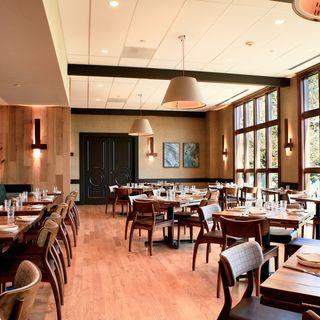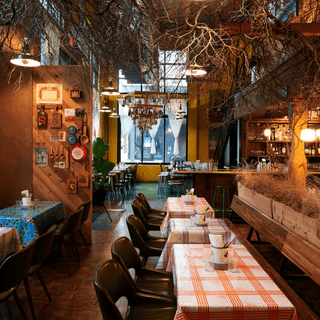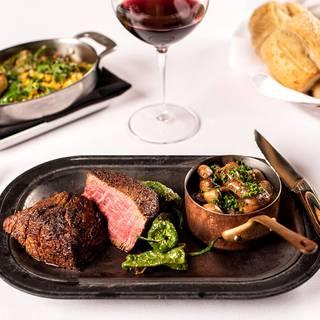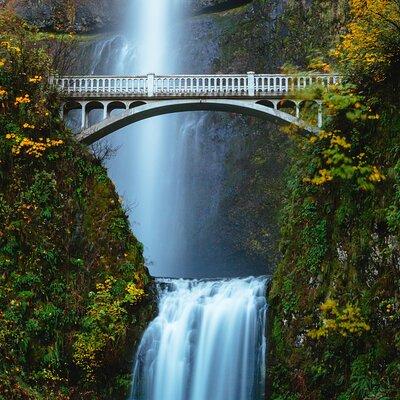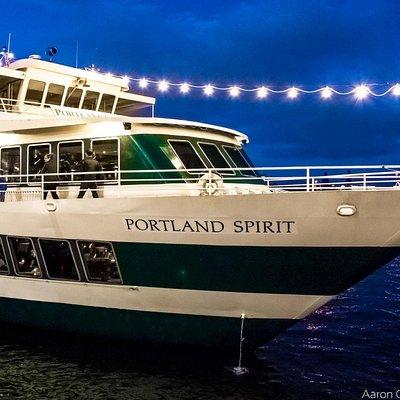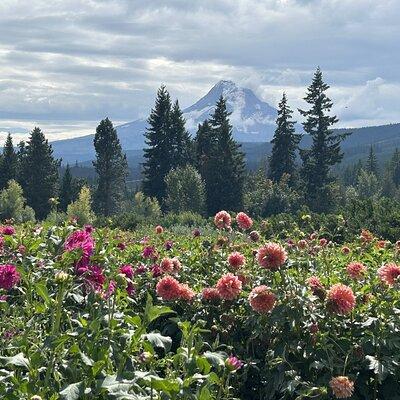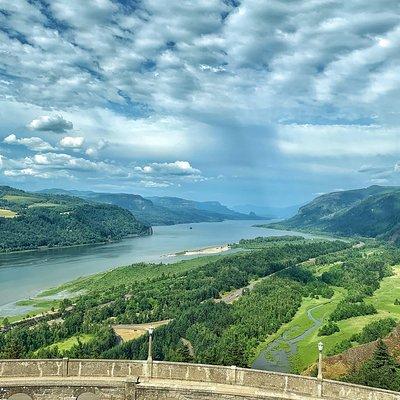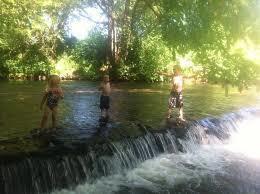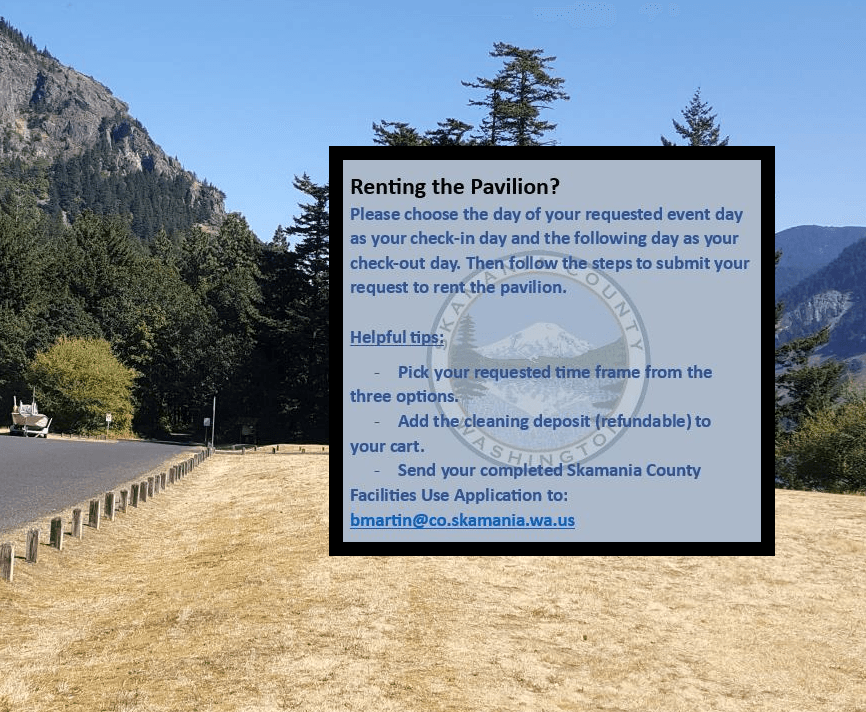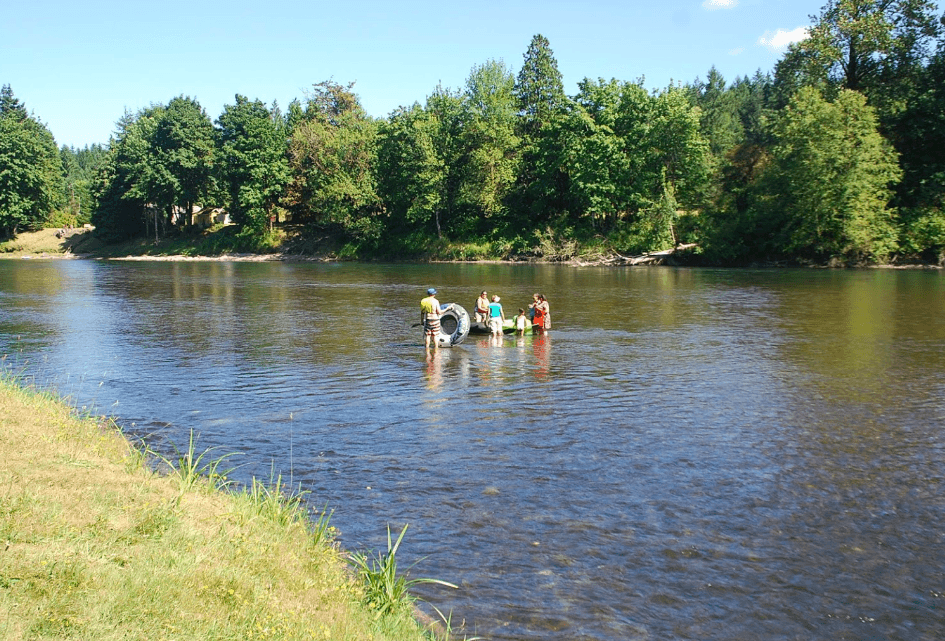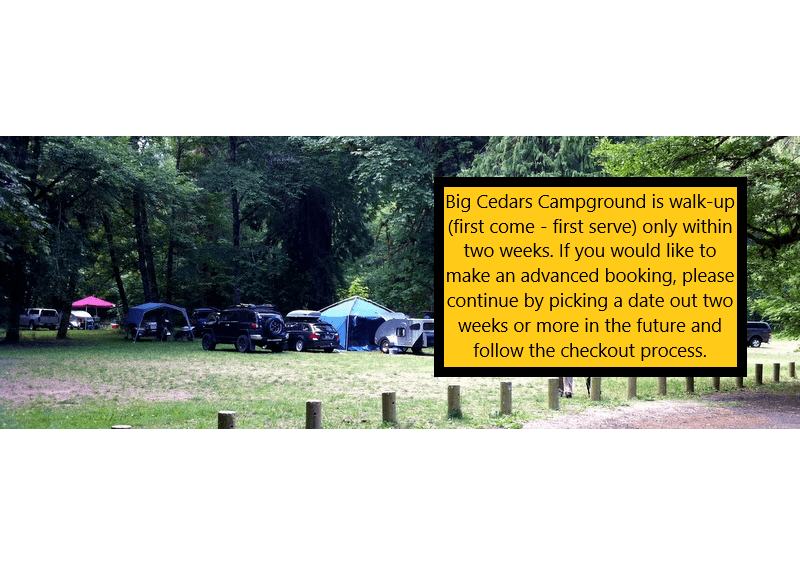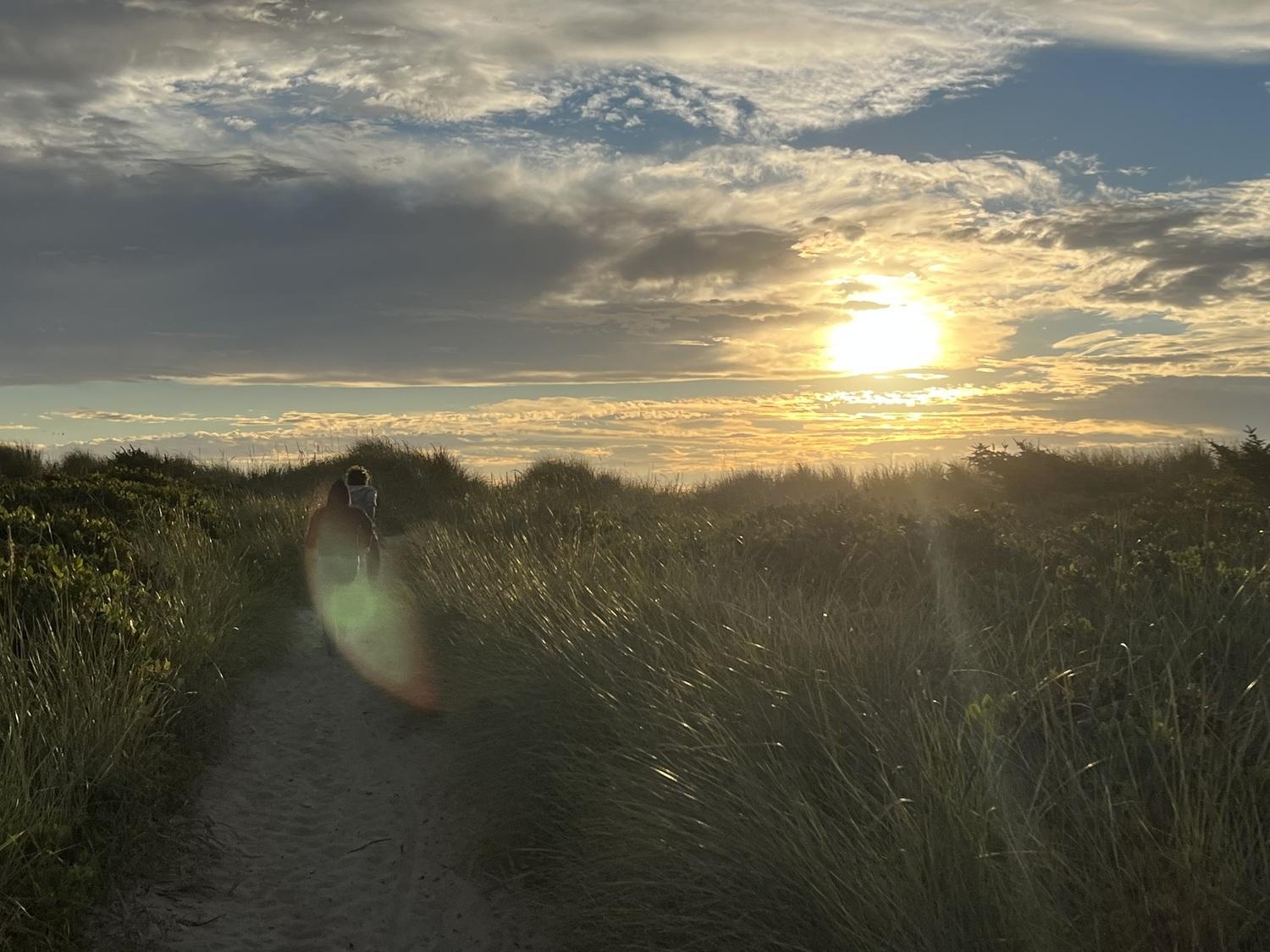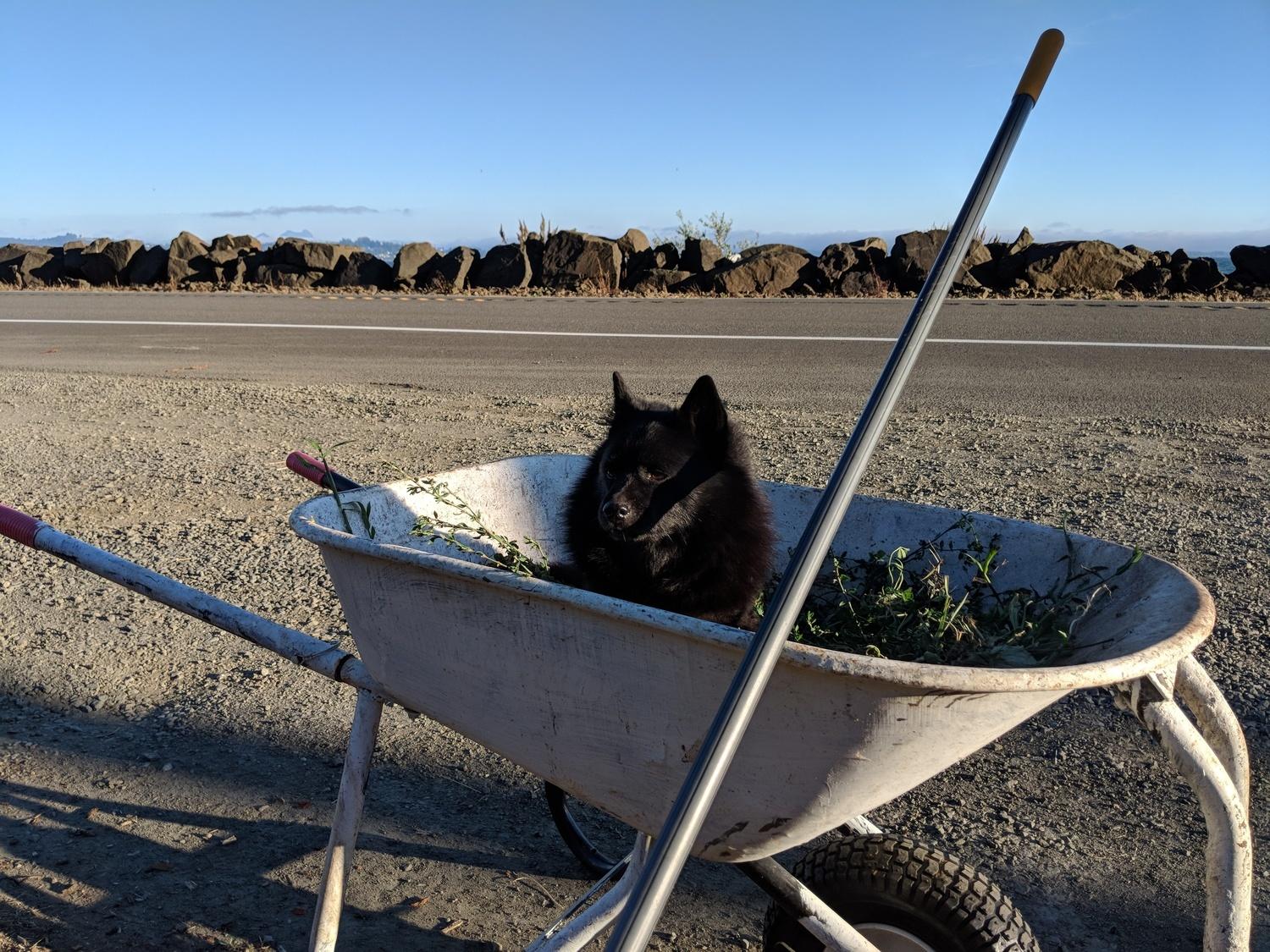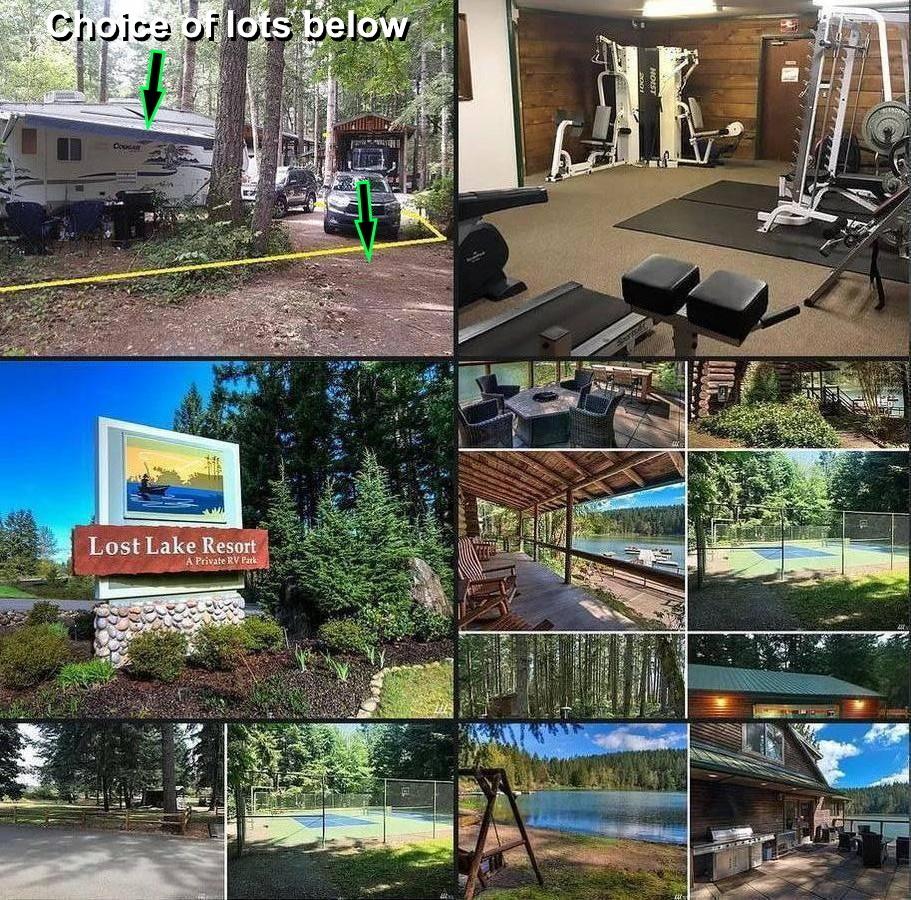
If you described Portland as a scaled-down version of Seattle you wouldn't be off the mark, as both cities share some very enticing similarities. They boast natural settings that showcase the Pacific Northwest's remarkable beauty. Each has a distant but unmistakable landmark: 14,411-foot Mount Rainier rising from Seattle's horizon, 11,239-foot Mt. Hood serving as Portland's backdrop. Water is a prevailing characteristic as well—as Puget Sound helped shape Seattle, so do the Willamette (pronounced “will-AM-ett”) and Columbia rivers define Portland. Both are decidedly pro-environmental, resulting in a bounty of urban parks and green spaces. Coffee on practically every corner? Check and check. Learn More...
Celebrity
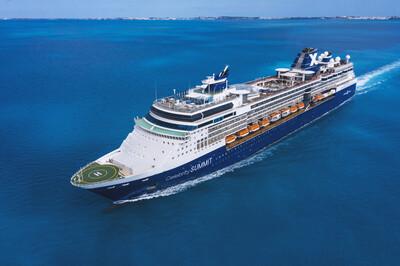
Royal Caribbean
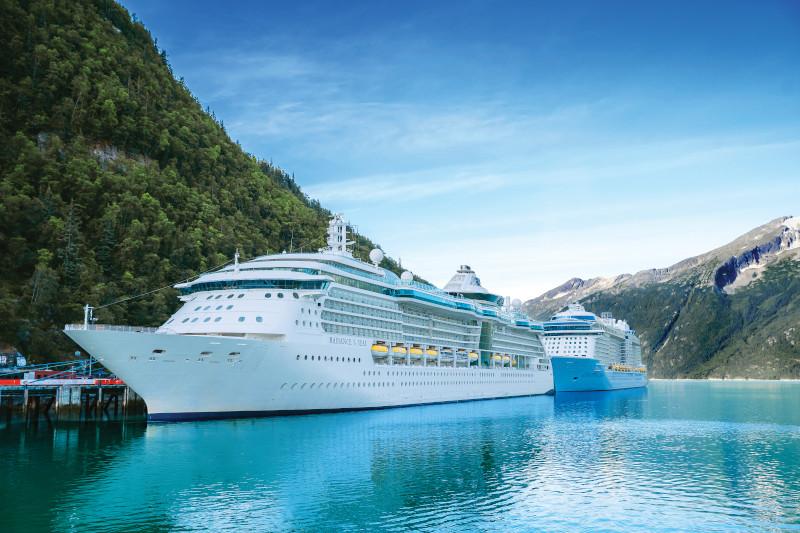
Celebrity

Celebrity

